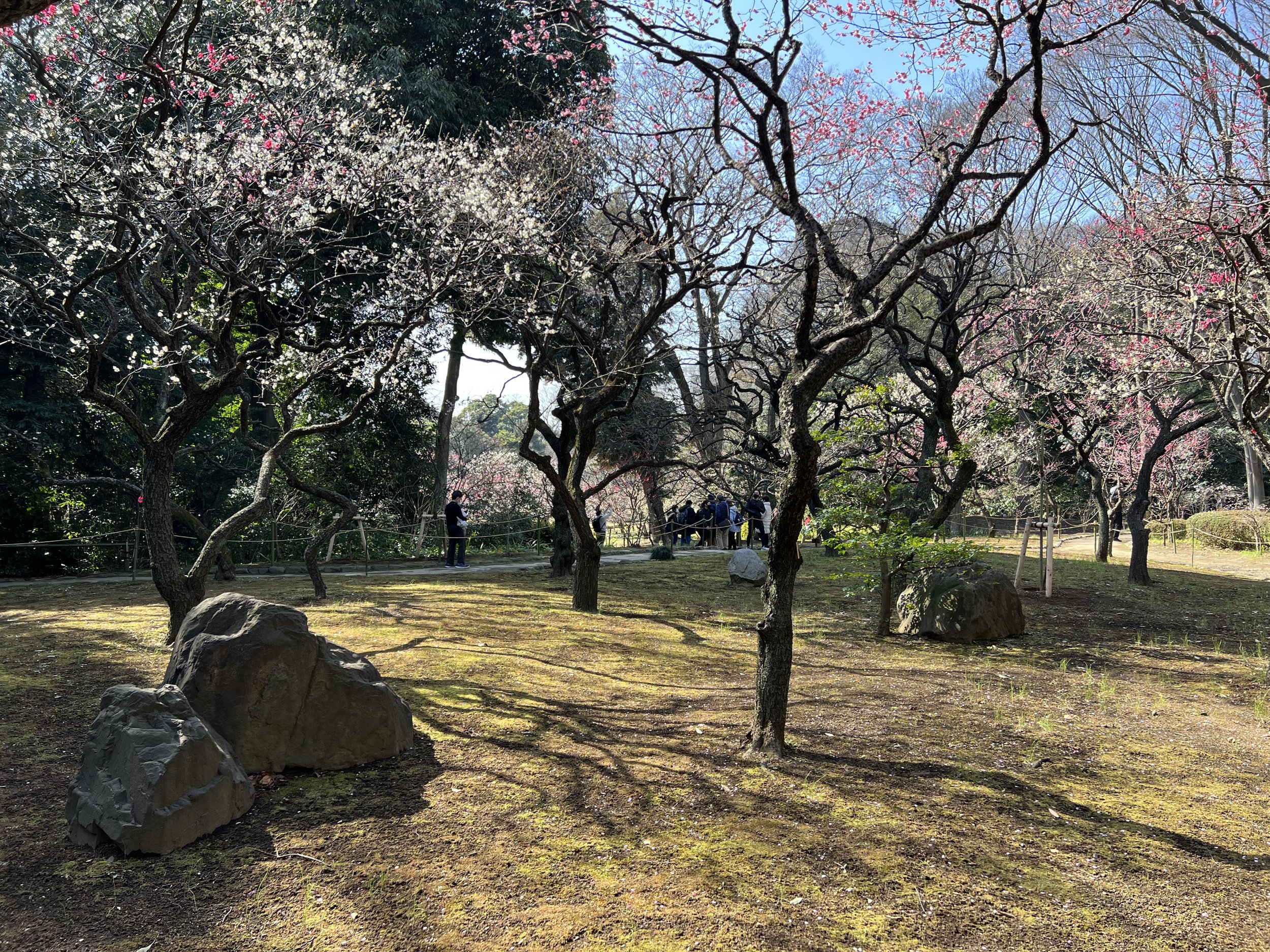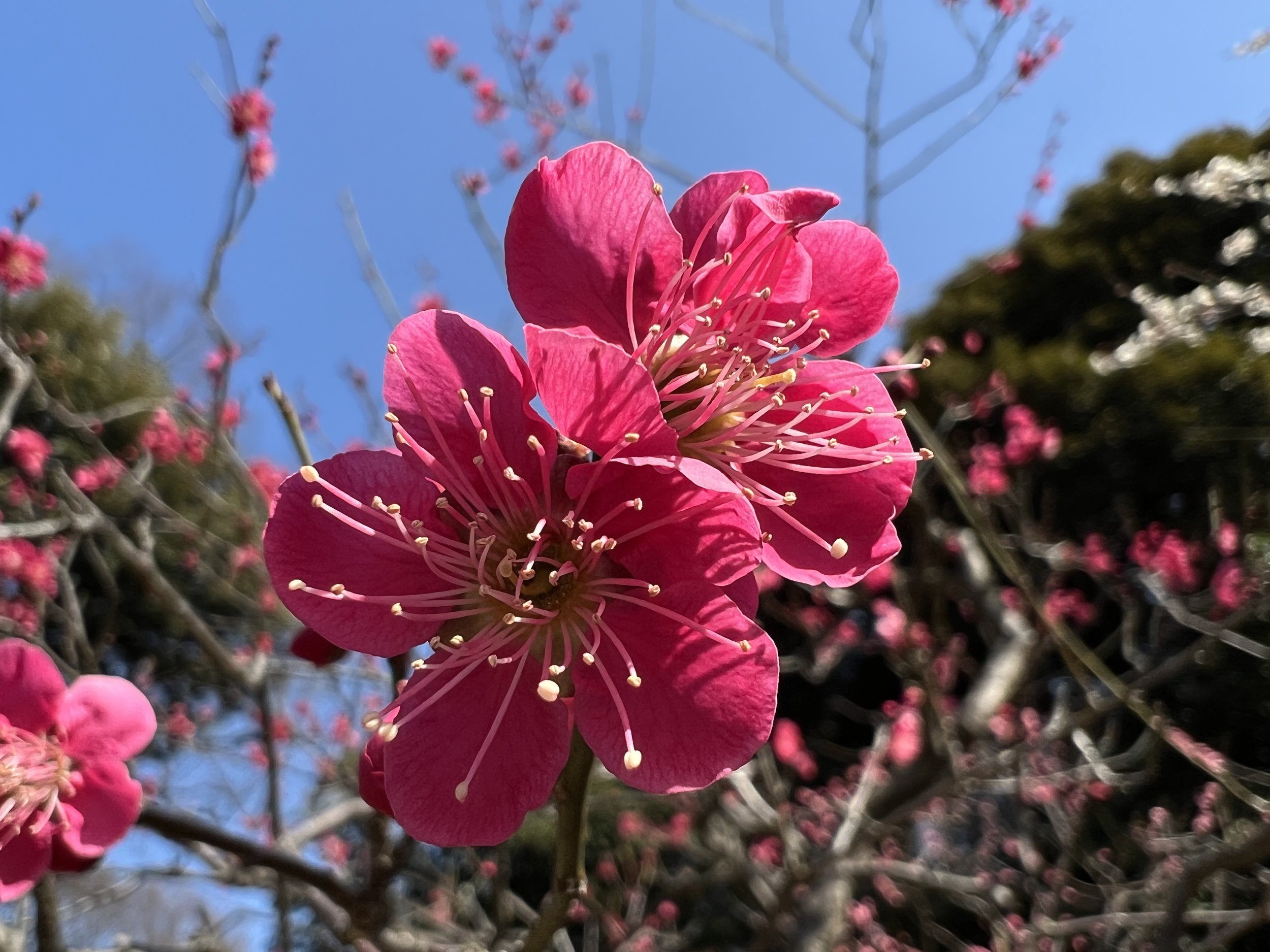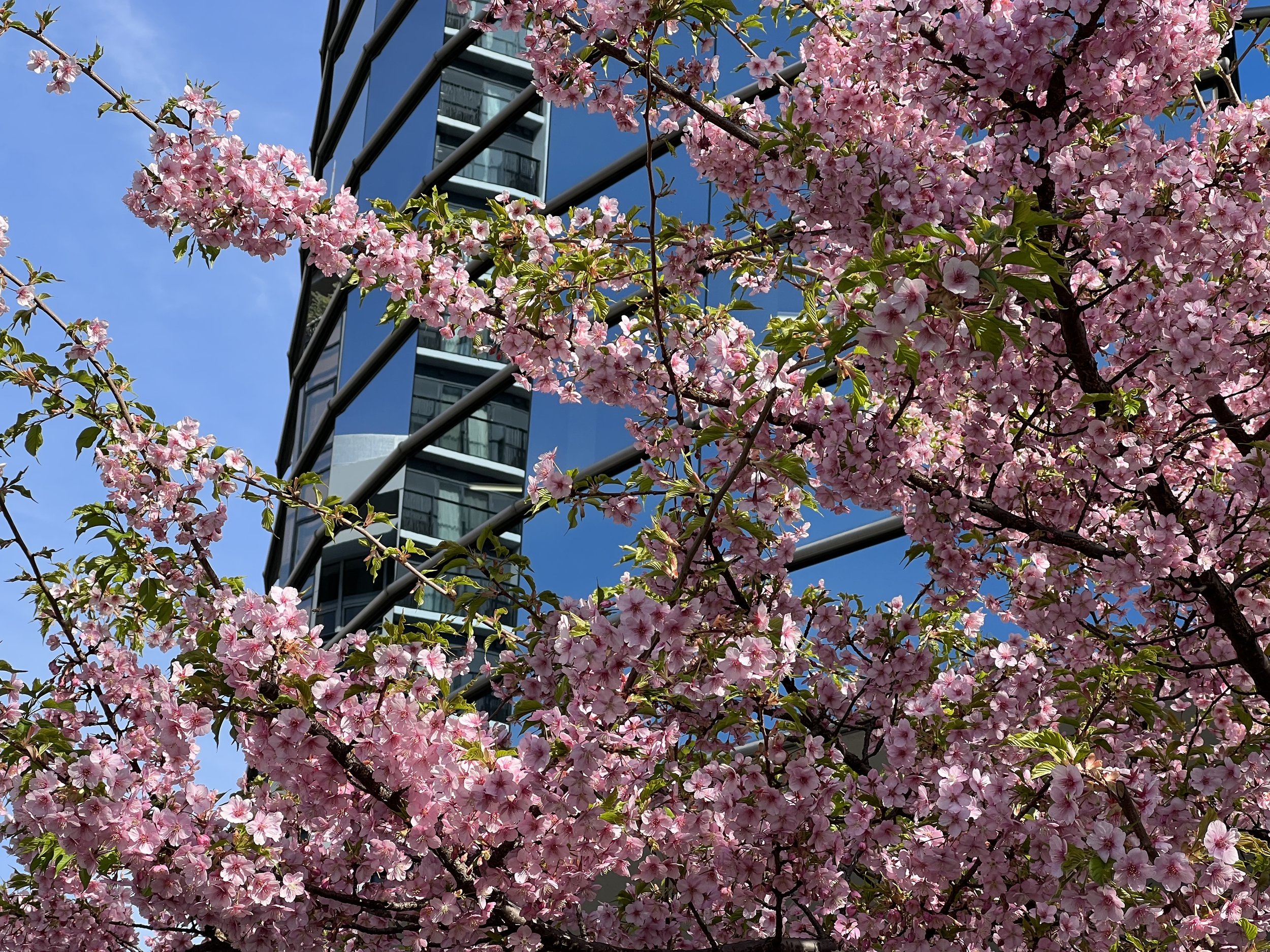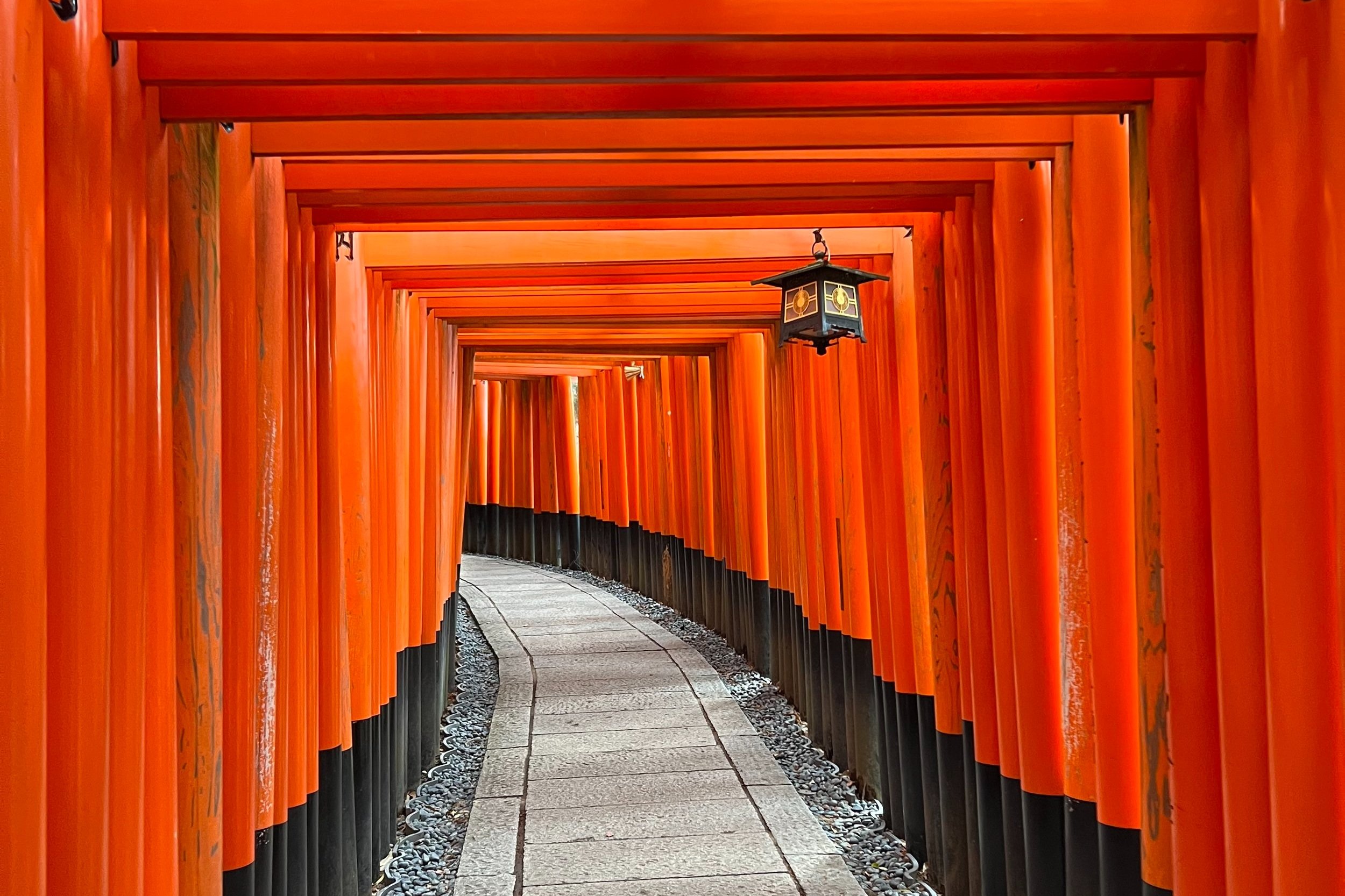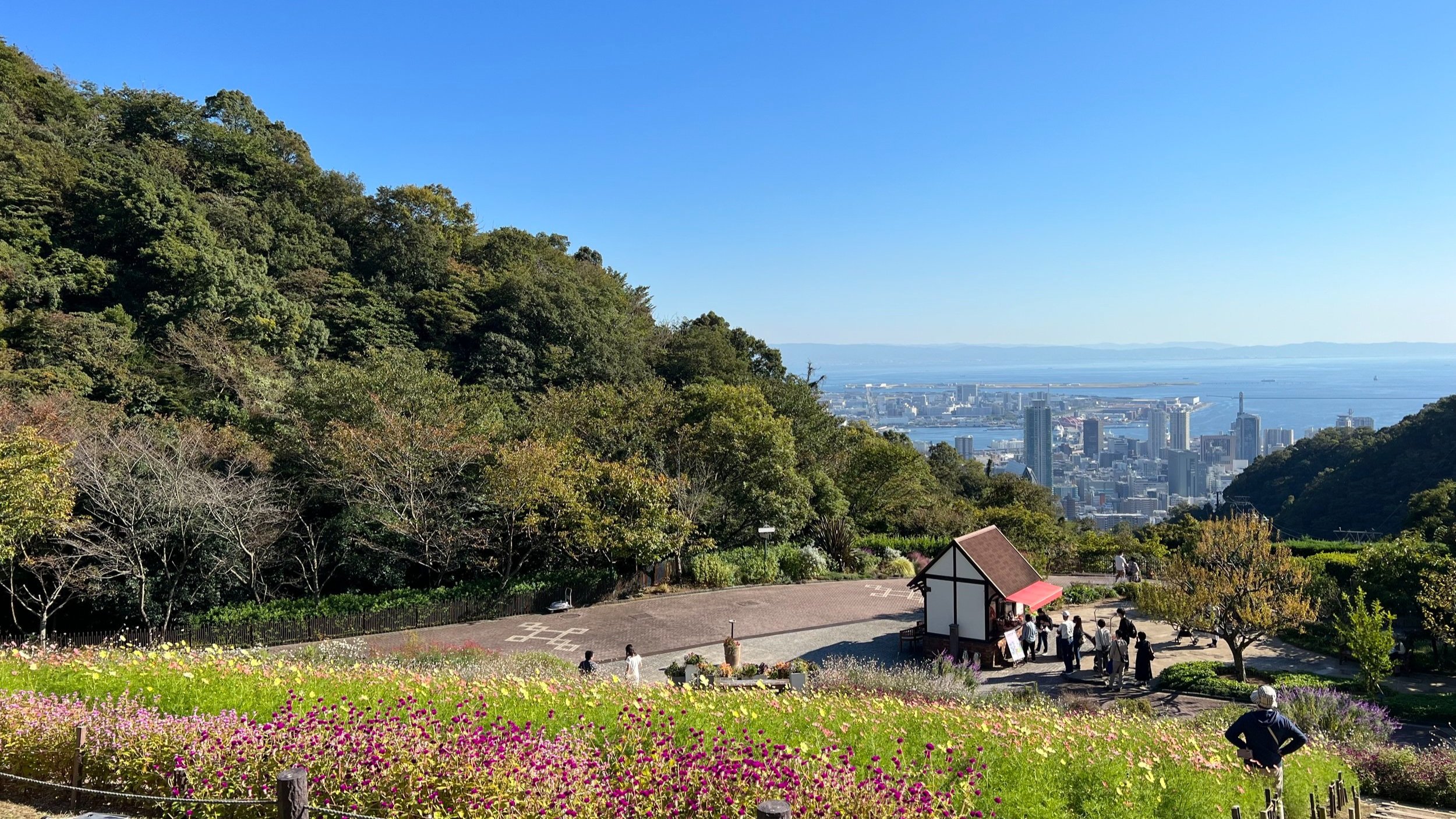Where to See Plum Blossoms in Tokyo: A Beautiful Afternoon Walk in Bunkyo
In this article, I’d like to share another plum blossom-themed walk in Tokyo. Plum blossoms, or ume (梅), mark the early arrival of spring, blooming as some of the first flowers of the year. In Tokyo, they typically peak between February and early March, bringing vibrant colors and seasonal ume matsuri (plum blossom festivals) to parks, shrines, and temples.
As a flower lover, I set out on a plum blossom walk in Bunkyo Ward, where you can visit three charming festivals located close to each other. This itinerary is perfect for an afternoon stroll, offering a unique way to explore Bunkyo while enjoying the beauty of early spring!
Walk Itinerary and Things to Do on the Way
This walk starts at Korakuen station (後楽園駅) on the Marounouchi or Namboku lines and finishes at Ueno station. This itinerary takes you through three plum blossom spots, which can be visited in the order I suggest or differently as you prefer. Although I did it on foot, you can also get from place to place using public transport like the metro or bus.
When to do this walk and how long to spend: The best time to take this walk is during the plum blossom season in February. If you don't mind the crowds and want to enjoy the matsuri festivities, it's best to do it at the weekend rather than during the week. I would count at least four hours to enjoy the different sites at a relaxed pace.
1 - Enjoy a Local Plum Blossom Festival at the Small Ushi-Tenjin Kitano Jinja Shrine
Ushi-Tenjin Kitano Jinja (牛天神北野神社) is a hidden gem at the top of a hill in the heart of Bunkyo city, a few minute walk from Korakuen station and Tokyo Dome.
Every year, this small and charming Shinto shrine hosts a plum matsuri that celebrates koubai (red plum blossoms). Interestingly, the poet Sugawara no Michizane, who was known for his love of the blooming flower is enshrined there. The shrine is also known for its connection to oxes (ushi) — you’ll find ox statues here, symbolizing wisdom and protection.
I loved the little staircase surrounded by plum blossoms that leads up to the shrine, which create a peaceful, almost secret garden atmosphere. During my visit, I was greeted by a friendly elderly man who explained the history of the shrine and the festival, and gave me some free amazake to taste. I enjoyed the quiet atmosphere of this small and intimate ume matsuri, it was a wonderful discovery!
If you go on weekends during the festival, the shrine serves sweet sake and ginger tea on Saturdays, and plum sweets and sweet sake on Sundays. Note that while the festival takes place most of February, it might be interesting to do this walk to attend the special ceremony organized on the third Sunday of the month. In 2025, it will be on February 16 from 1:30 p.m. Moreover, during that day, between 11:00 a.m. and 4:00 p.m., tea ceremonies and taiko drumming performances will be held in the shrine grounds, and 200 visitors will be able to take home a small plum twig.
🗓️ Dates of the Ume Matsuri in 2025: 01 February - 25 February
➡️ More information on this event can be found here (website in Japanese).
2 - Visit the Koishikawa Korakuen Garden
The Koishikawa Korakuen Garden (小石川後楽園) is one of Tokyo's oldest gardens, dating back to the early Edo period. It's one of the most beautiful Japanese-style landscape gardens in Tokyo, and I particularly enjoy visiting it during the annual Koishikawa Plum Festival, when you can admire a plum grove of around 150 plum trees of 40 different varieties in bloom, from white to bright pink. I still remember the sweet and delicate fragrance of the plum trees as I walked around the grove. It's a great place to stroll passing through ponds and traditional bridges and admire the precious flowers.
During the festival, if you visit on weekends, you might be able to catch a sato kagura performance (traditional silent theater) or try out a short calligraphy class. More information can be found on the garden website (in Japanese).
🗓️ Dates of the Ume Matsuri in 2025: 01 February - 03 March
3 - Enjoy the Bunkyo Plum Blossom Festival at Yushima Tenmangu Shrine
Yushima Tenmangu, a shrine dedicated to academic success and attracting students praying for good results, has also been a popular spot for plum blossom viewing since the Edo period. Home to around 300 plum trees (80% of which are white plum flowers), this year the shrine will celebrate the 68th anniversary of its plum blossom festival. Various events are organized on weekends during the festival period, traditional performances such as dance, taiko or silent theater, and you can buy local food products at a fair, including umeshu and umeboshi. You can find the detailed festival program here (website in Japanese).
Compared to the small ume matsuri at Ushi-Tenjin Kitano Jinja, the plum blossom festival at Yushima Tenmangu was much more busy, with a lively and festive atmosphere.
🗓️ Dates of the Ume Matsuri in 2025: 08 February - 08 March
4 - Wrap Up Your Walk around Ueno
From Yushima Tenmangu, you are just a few minutes walk from Ueno Park and its Shinobazu Pond where you can continue your stroll if you’re feeling for more exploring. You can also finish your afternoon going to a café around Ueno. I recommend Anmitsu Mihashi Ueno Main Shop (あんみつ みはし 上野本店) if you’d like to taste delicious Japanese desserts.
Other Plum Blossom Spots Around Tokyo
If you’ve enjoyed this walk and would like more plum blossom recommendations, you can read my other blog articles:
A Walk in Setagaya: Plum Blossoms and Lucky Cat Temple, where I share another relaxing walk in Setagaya that combines two great places, Hanegi Park during its plum blossom festival and Gotokuji temple, famous for its manekineko statues.
Amazing Plum Blossom near Tokyo: the Soga Plum Festival, an impressive plum blossom festival near Odawara that can be visited as a day trip from Tokyo.
Finally, here is a list of places that are still on my plum blossom bucket list around Tokyo and that I hope to visit in the future:
Kairakuen (偕楽園) in Mito, about a two-hour train ride from Tokyo
Naritasan park (成田山公園), in Chiba prefecture, about 1.5 hours by train from Tokyo
Ikegami Plum grove (池上梅園) in Ota-ku, southern Tokyo
Sankeien (三溪園) in Yokohama
To Conclude
From the hidden serenity of Ushi-Tenjin Kitano Jinja to the scenic beauty of Koishikawa Korakuen Garden and the festive atmosphere of Yushima Tenmangu (湯島天満宮), each stop showcases Tokyo’s love for ume in a different way. Whether you're a flower lover or simply looking for a refreshing way to enjoy early spring in the city, I think this walk itinerary is a great way to experience Tokyo’s plum blossoms at their best.
I hope you enjoy this afternoon stroll through Bunkyo to discover plum blossoms as much as I did. If so, please leave a comment to let me know! Happy exploring!
Found this article helpful? Buy me a coffee. 😊
Want to stay in touch? Subscribe to my monthly newsletter (with latest articles, updates, travel tips and more...) delivered straight to your inbox. 📩





